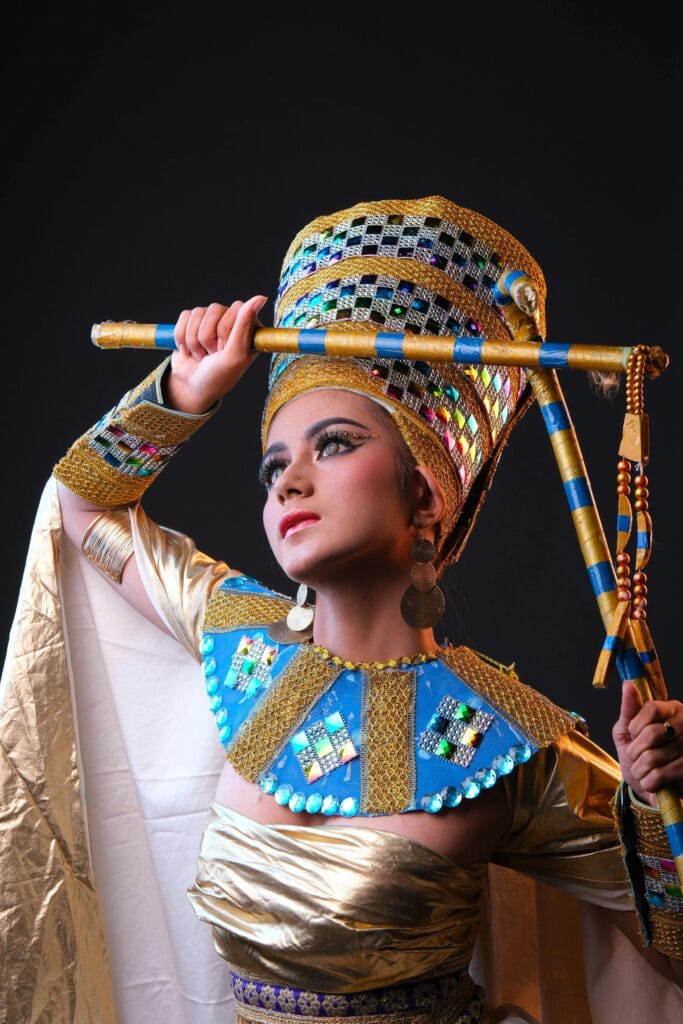Fashion transcends mere clothing; it serves as a mirror of society, culture, and personal identity. Over the centuries, it has undergone dramatic transformations, adapting to shifts in politics, economics, technology, and social norms. From the attire of ancient civilizations to the glamour of modern runways, fashion tells a rich story of creativity, innovation, and self-expression. This article delves into the captivating evolution of fashion, spotlighting the key eras, trends, and influences that have shaped how we dress today.
Fashion in Ancient Civilizations

The earliest expressions of fashion were not only practical but also deeply symbolic, reflecting the needs and status of ancient societies.
- Egyptian Elegance: In ancient Egypt, people designed clothing primarily from linen to withstand the hot climate. Both men and women actively adorned themselves with simple tunics, while accessories like elaborate jewelry and headdresses prominently symbolized wealth and power.
- Greek and Roman Styles: Ancient Greece embraced flowing garments such as the chiton and himation, which highlighted simplicity and elegance. Meanwhile, Romans adopted the toga as a visual marker of status, using colors and styles to signify rank and citizenship.
- Asian Influence: In ancient China, silk emerged as a luxurious fabric reserved for the elite, ultimately driving the creation of the Silk Road and its global impact. Likewise, traditional garments like the Japanese kimono celebrated cultural artistry and enduring traditions.
The Middle Ages to the Renaissance
As society evolved, fashion became a means of expressing social distinction and artistic innovation.
- Medieval Fashion: During the Middle Ages, clothing styles were heavily dictated by social class. The nobility showcased their wealth by wearing luxurious fabrics like velvet and fur, while peasants opted for durable woolen garments. This era also saw the introduction of tailoring, which gave rise to more structured designs.
- Renaissance Luxury: The Renaissance ushered in an age of extravagance and artistic flourish. Designers created elaborate garments with intricate embroidery, corsets, and opulent fabrics like silk and brocade. Vibrant colors and lavish designs reflected the wealth and social standing of their wearers.
The Modernization of Fashion: 18th to 20th Century
The Industrial Revolution, coupled with cultural shifts, brought about transformative changes in fashion, paving the way for global trends and modern styles.
- 18th and 19th Century Elegance: The 18th century introduced extravagant gowns, wigs, and tightly laced corsets, while the 19th century transitioned to tailored suits for men and crinolines for women. These styles emphasized structure and sophistication, symbolizing societal values of the time.
- The Roaring Twenties: With the advent of the 1920s came a newfound sense of freedom. Women embraced flapper dresses, shorter hemlines, and relaxed silhouettes, reflecting a growing independence and breaking traditional norms.
- Mid-20th Century Revolution: Following World War II, fashion saw a bold shift. Designers like Christian Dior revolutionized style with the “New Look,” which featured cinched waists and voluminous skirts. Later, the 1960s and 1970s introduced rebellious trends such as mini-skirts, bell-bottoms, and vibrant patterns, influenced by cultural revolutions and countercultural movements.
Fashion in the Digital Age
Today, fashion evolves at an unprecedented pace, driven by technology, sustainability, and a globalized market.
- Fast Fashion and Globalization: The late 20th century saw the rise of fast fashion, which made trendy clothing widely accessible. However, increasing awareness of its environmental consequences has spurred a growing shift toward sustainable and ethical fashion practices.
- Technology and Innovation: The digital age has fundamentally transformed the fashion landscape. E-commerce platforms, virtual fashion shows, and wearable technology now play central roles, while social media dictates trends and shapes consumer behavior in real time.
- Individuality and Inclusivity: Modern fashion celebrates diversity and self-expression. Brands increasingly embrace inclusive sizing, gender-neutral designs, and culturally inspired collections, ensuring that style reflects the world’s rich diversity.
A Testament to Creativity and Change
The evolution of fashion throughout history serves as a testament to humanity’s boundless creativity, adaptability, and cultural diversity. From the draped garments of ancient civilizations to the sustainability-driven innovations of today, fashion continues to reflect the ever-changing world around us. As we look to the future, the fusion of technology, individuality, and innovation promises to redefine how we express ourselves through style. Ultimately, fashion is far more than what we wear—it embodies who we are and the stories we choose to tellshion, after all, is not just about what we wear—it’s about who we are and the stories we choose to tell.

